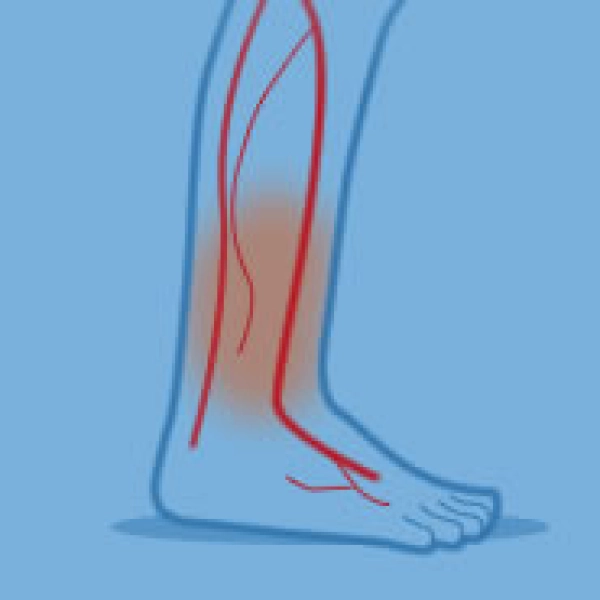

Arnica is a true classic in the European pharmacopoeia: it seems to have existed forever. It is famous for its main properties, but can surprise us with many others that are still little known today. Arnica and its effects were described for the first time by Saint Hildegard of Bingen, who lived around the year 1000 and was a pioneer of medicinal herbs. From the 15th century onwards, it established itself as the most suitable plant against bruises and other traumas. Over time, it was processed to obtain ointments, creams and other products to treat other daily annoyances, such as insect bites.
Arnica is a daisy-like flower, but its petals tend to colours ranging from orange to brownish yellow. Botanists classify it as a perennial, i.e. a plant that grows back on its own every year from a root that remains underground, and does not die when flowers wither. Arnica can also be described as a multifaceted plant with a role in both traditional and modern medicine: for example, it was used extensively as a local analgesic in field hospitals during the Second World War. Arnica is such a popular plant that today we have special rules to protect it in natural environments.
The inflorescences, rhizomes and roots of arnica plants, which today grow in controlled crops, contain a rich blend of organic compounds and natural agents with therapeutic properties that have been discovered and recognised over the years.
In vitro and in vivo studies and experiments have allowed us to identify many of these substances and their specific functions - starting from the terpenes and flavonoids typical of the Asteraceae botanical family to which arnica belongs, and which have anti-inflammatory, analgesic, and anti-rheumatic properties. Furthermore, arnica can also boast an antimicrobial action equal to species that are very different from this flower, such as certain fungi and bacteria. Finally, when complemented by other chemical compounds, arnica can positively stimulate both the heart and the immune system.
Arnica is not only used to cure but also to prevent. Massage oils based on this extract help to warm up the muscles before sports and inhibit contractures before training. In general, this preparation is an effective remedy to stave off tiredness and muscle pain due to prolonged exertion.
Arnica-based preparations are often enriched with active ingredients from other plants, such as devil's claw - the emblematic name of Harpagophytum procumbens, a perennial native to the arid climates of southern Africa. Several studies have shown that devil's claw root and synthetic anti-inflammatories have comparable anti-rheumatic, anti-inflammatory and analgesic efficacy.





